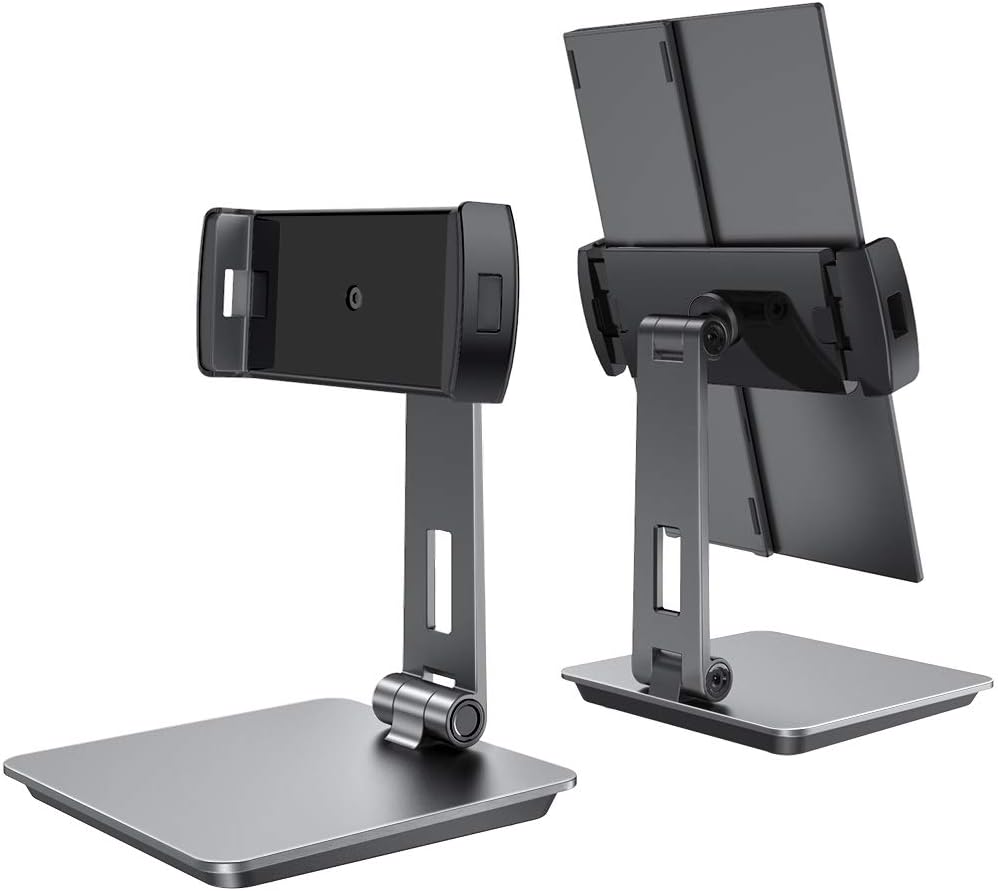About this deal
Choosing portable monitor hinges on your use case and to what device you are connecting. The very concept of a portable monitor makes the most sense with a USB-C-equipped laptop. A full-size HDMI port means you don't need to mess around with mini-HDMI cables or adapters, and the two USB-C ports can carry both data and power. There's even a standard USB port and a Micro SD card slot, should you wish to load up apps, movies or music to the device.
With that in mind, we’ve used our expertise and personal experience to narrow the various options out there to what we think are the best ways to expand your laptop’s available screen space right now. That includes considering the dimensions and weight as well as resolution – after all, some people are ok with 1080p while others want a crisper 4K– and connectivity. Factors like the quality of the stand, touchscreen capability, among others are also taken into account.Battery or no battery is another critical question. You can get portable screens both with and without. Screens without a battery are cheaper and lighter. However, if you’re using a mobile screen away from the mains, they will drain your laptop’s battery pretty fast.
As I alluded to earlier, the mobile-monitor world is undergoing a convergence of power and connectivity thanks to USB Type-C connectivity. Many USB-C ports support both DisplayPort over USB and USB power delivery, letting both data/video and power flow through the port from a computer over a single USB cable. Most new mobile monitors have at least one USB-C port, and some connect solely via USB-C. While this simplicity has its appeal, be sure that your laptop's USB-C port supports data, video, and power transfer, because some early-generation USB-C ports don't. (Thunderbolt ports should also work fine; their functionality encompasses all of that of USB-C.) The native resolution on panels suitable for use with a laptop ranges from 1,366 by 768 pixels up to 3,200 by 1,800 pixels (QHD+). Most of the recent laptop-appropriate screens sport a native resolution of 1,920 by 1,080 pixels (aka 1080p, or "full HD"), but a few go higher.Many users prefer to use a mobile monitor that has the same screen size and native resolution as the laptop screen they are using it with. That said, I have found these panels to be forgiving and have had no trouble running portable displays that are slightly larger than my laptop's own screen. As long as you don't mismatch the mobile monitor's and laptop's screen aspect ratio (which, almost always, is a normal 16:9 widescreen ratio), you are unlikely to experience much trouble in matching them up. That might feel like far too much to pay for a monitor stand, but it justifies the price in several ways: it’s an American-made unit that’s finished by hand, and you can choose which wood you’d like to use, from Walnut to Maple. It looks far more elegant than affordable, utilitarian metal mounts and stands. Why all of these panels, all of a sudden? The widespread adoption of USB Type-C connectivity—with its ability to transfer power, data, and video over a single cable—has been a godsend for the growth of portable displays. They no longer need a dedicated AC adapter for juice (though some do come with one as an option), and many have just a single USB-C port that handles all the connectivity, though some add HDMI or other connectors. A few mobile monitors use traditional power adapters. This is particularly true of models that work with sketch pens and are intended for artists; they are in effect interactive monitors. In a common configuration, the display draws power through an adapter, while two cables connect to the computer. One is HDMI, to handle transfer of the image displayed on the device, and the other is USB (through a USB-A port), to record the pen motions the user makes when drawing on the interactive display. HDMI (usually in the form of mini-HDMI) is also a common port (the most common other than USB-C) on more conventional portable displays.
 Great Deal
Great Deal 